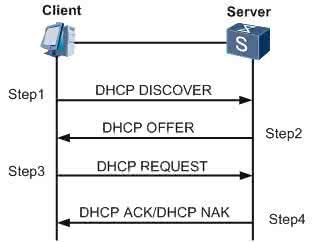The automatic segmentation of perinatal brain structures in magnetic resonance imaging (MRI) is of utmost importance for the study of brain growth and related complications. While different methods exist for adult and pediatric MRI data, there is a lack for automatic tools for the analysis of perinatal imaging. In this work, a new pipeline for fetal and neonatal segmentation has been developed. We also report the creation of two new fetal atlases, and their use within the pipeline for atlas-based segmentation, based on novel registration methods. The pipeline is also able to extract cortical and pial surfaces and compute features, such as curvature, thickness, sulcal depth, and local gyrification index. Results show that the introduction of the new templates together with our segmentation strategy leads to accurate results when compared to expert annotations, as well as better performances when compared to a reference pipeline (developing Human Connectome Project (dHCP)), for both early and late-onset fetal brains.
翻译:在磁共振成像(MRI)中,围产期大脑结构的自动分离对于研究大脑成长和相关并发症至关重要。虽然成人和儿科MRI数据存在不同方法,但缺乏分析围产期成像的自动工具。在这项工作中,已经开发出一个新的胎儿和新生儿分离管道。我们还报告说,根据新的注册方法,在磁共振成像(MRI)中创建了两个新的胎儿图册,并在管线内使用这些图册进行以地图为基础的分离。管道还能够提取毛皮和皮层表面以及剖析特征,如曲线、厚度、脉冲深度和局部质化指数。结果显示,新模板的采用与我们的分解战略一起,与专家说明相比,可以得出准确的结果,并且与参考管道(开发人类连接器项目)相比,早期和晚发的胎儿大脑的性能更好。




